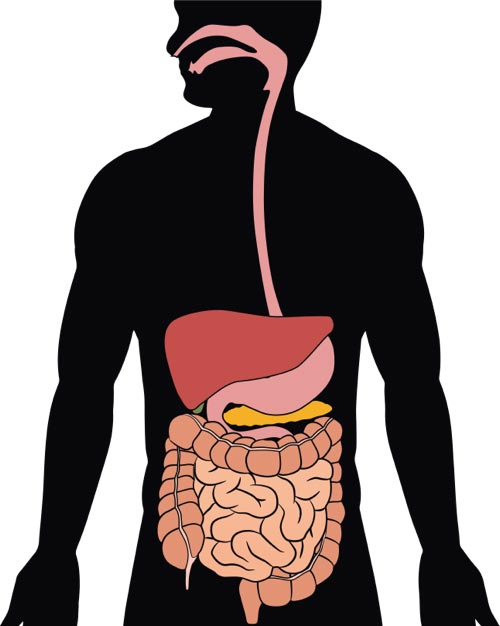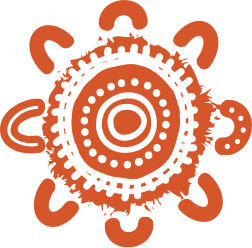Oesophageal cancer is slow growing, and most people may not feel any change in the early stages. There are a number of symptoms you can look out for, including:
- difficulty swallowing or pain when swallowing
- a feeling of choking when swallowing
- heartburn or reflux that doesn't go away
- pain in the upper belly area
- losing weight without meaning to or loss appetite
- feeling really tired
- vomiting blood
- black or bloody poo.
Having these symptoms may not mean you have cancer, but it is important to check.
If you have any of these problems, or are worried about something else, yarn with your doctor, nurse or Aboriginal and/or Torres Strait Islander health worker.






